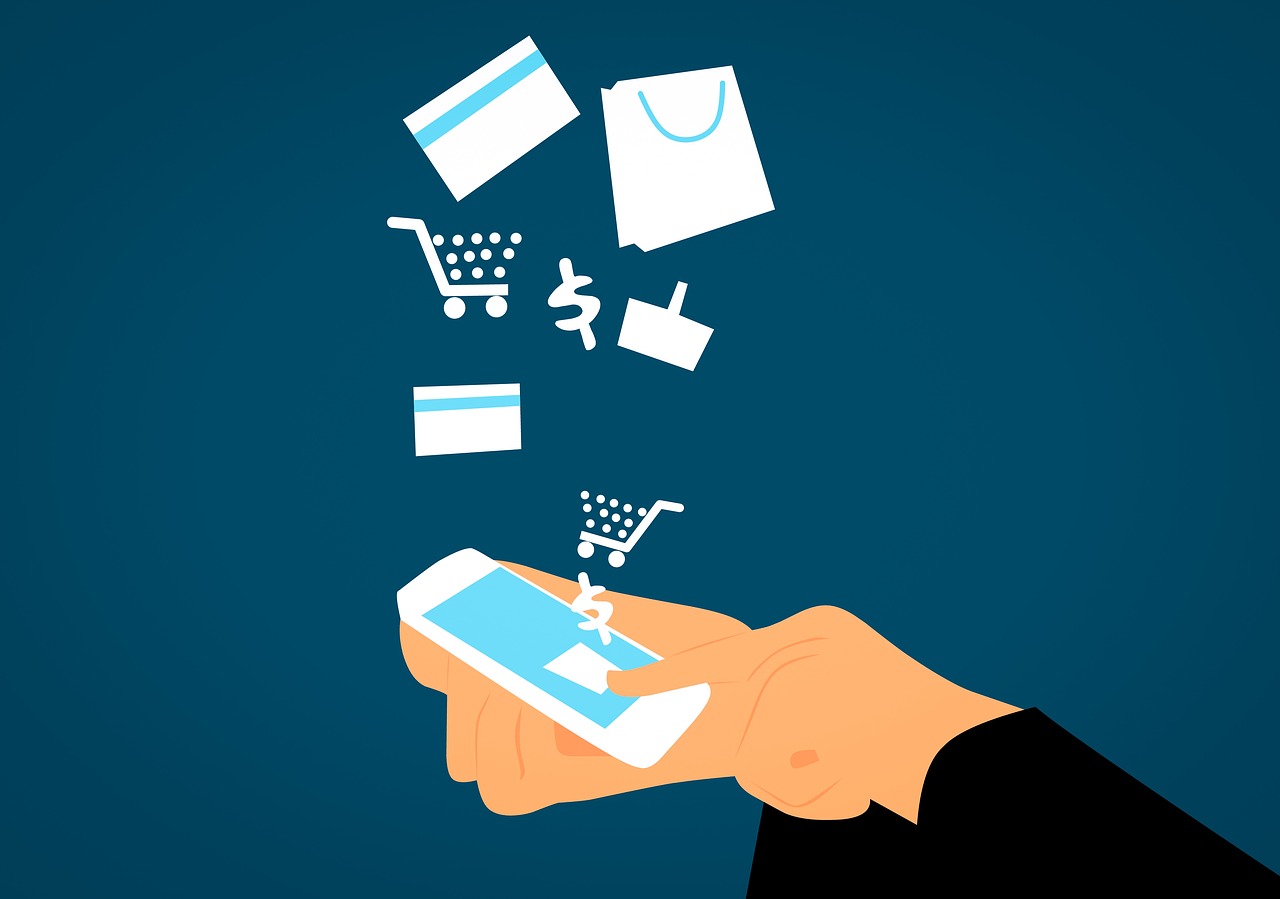Join the Retail Revolution…
The retail landscape is constantly fluctuating, and one recent trend is the noticeable shift towards an inventory-free model. Inventory-free showrooms place greater emphasis on in-person experiences that shoppers can’t get on the web, which ultimately elevate the retailer’s brand. Both traditional and digitally savvy retailers are beginning to embrace the showroom concept for their physical stores—where a shopper visits a store to test out products before purchasing the product online.
Although traditional retailers were initially hesitant to adopt the showroom strategy, many have now become aware of just how important it is to focus on improving customer experience and have begun to leverage this new technique to remain relevant.
Retail Renews Its Focus on Customer Experience
Showroom-style stores provide a fundamentally different in-store experience for consumers than their traditional counterparts. Without having to worry about inventory, showrooms can be much smaller, enabling retailers to locate them in more high-traffic, urban environments. For example, Nordstrom launched its “Local” initiative, opening inventory-free stores around the country in key markets such as Los Angeles and New York City. These stores have been positioned as “service hubs” and are dedicated to providing unique, curated services to Nordstrom’s customers based on each geographic area and their specific needs and acquired tastes.
This unique approach has helped the retailer find a balance between shopping online and offline to provide customers with more options and to ensure positive experiences are had throughout—no matter the channel. When surveyed ahead of the launch, many of Nordstrom’s target audiences indicated their preference for online but welcomed the opportunity for a more personal “human touch” to enhance their experiences.
At the Los Angeles location, Nordstrom has a special “Trunk Club” area where men can get styling tips and on-the-spot tailoring, something that the specific market values. The location also houses a salon where customers can get manicures and pedicures. By offering these in-person services, retailers are elevating their customers’ experiences at the store and taking advantage of what their online-only competitors can’t —the physical property.
Bridging Online with Physical
Traditional retailers are not the only ones recognising the importance of the in-store customer experience. Digital-native retailers, like Polette, Casper and Warby Parker, have all begun opening inventory-free physical stores in key markets to help bridge their online brand with the physical world. Most recently, Casper unveiled its plans to open 200 stores in order to set itself apart from other direct-to-consumer mattress companies that have sprung up online over the past few years. Built around the showroom concept, the brand-new Casper stores are inventory-free and give consumers the opportunity to test out their mattress before ultimately ordering them online.
IKEA is another recent example, where they have opened their first “Planning Studio” in Central London. With the rise of online rivals such as Amazon and Made.com, this showroom offers shoppers one-to-one advice sessions, home delivery and assembly services, a level of service that is typically absent from the traditional inventory-led warehouses. Utilising this concept enables customers to touch and feel products before purchasing them. In doing so, the retailer is able to expand its reach and strengthen its focus on providing the outstanding experience customers so readily seek in today’s climate.
Re-thinking How People Shop
Instead of following a traditional linear path, today’s customer journey is increasingly fragmented. In response to this shift, we will see the line between “digital” or “traditional” retailers continue to blur. With an increasing number of inventory-free stores, we can expect to see physical stores introduce new and innovative strategies to provide the most streamlined and compelling experience possible for consumers.
Amazon Go, for example, could soon revolutionise grocery shopping as we know it. The new AI-powered stores are set to launch in London’s busiest shopping area, Oxford Circus, and will not only simplify the retail process and eliminate time spent waiting in checkout lines, but also provide a treasure trove of data that Amazon can leverage to better understand their customers.
As our beloved bricks-and-mortar stores continue to evolve, to remain relevant in the digital era, we could see a better outcome than the doom and gloom, “death of retail” narrative we’ve been hearing over the past few years. In fact, this is a particularly exciting time for retail, as we’re entering into a phase where bricks-and-mortar is finding its place as a driver for customer experiences and pick-up and return points for online purchases, as opposed to glorified warehouses with limited inventory.
- Phillip Hall, Managing Director, Europe – CommerceHub

